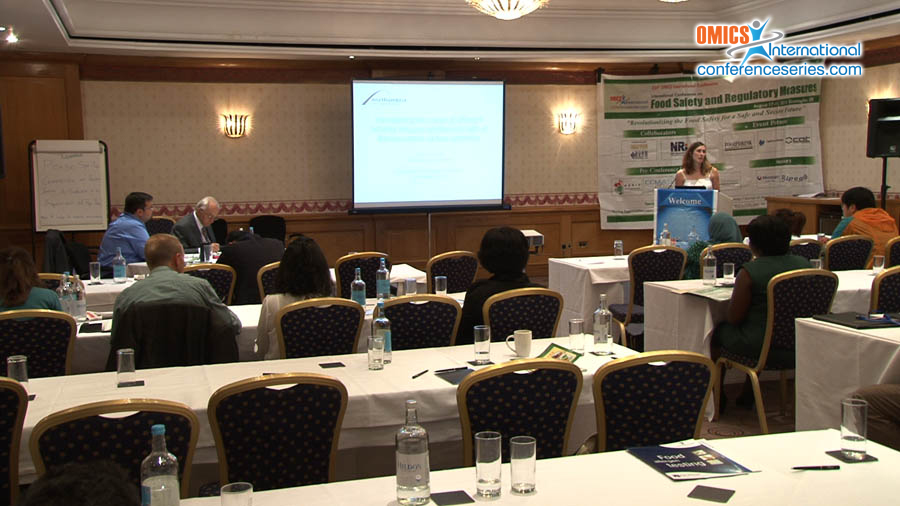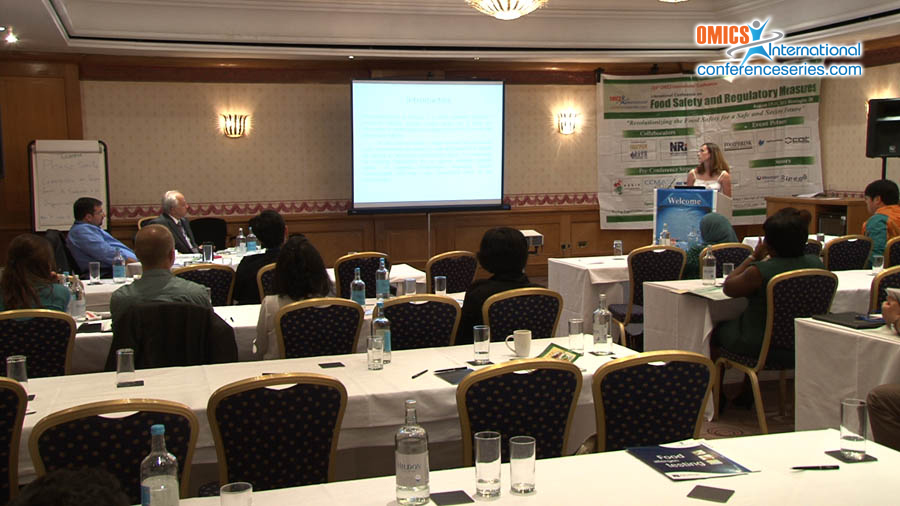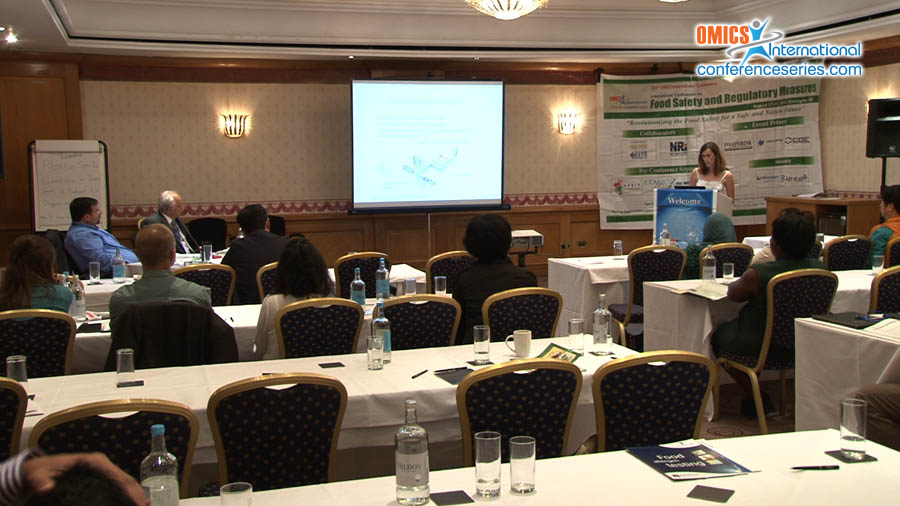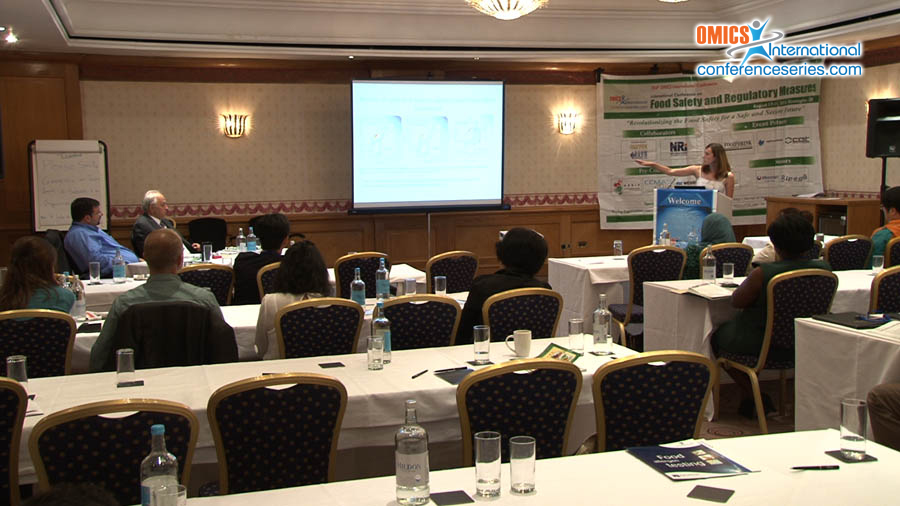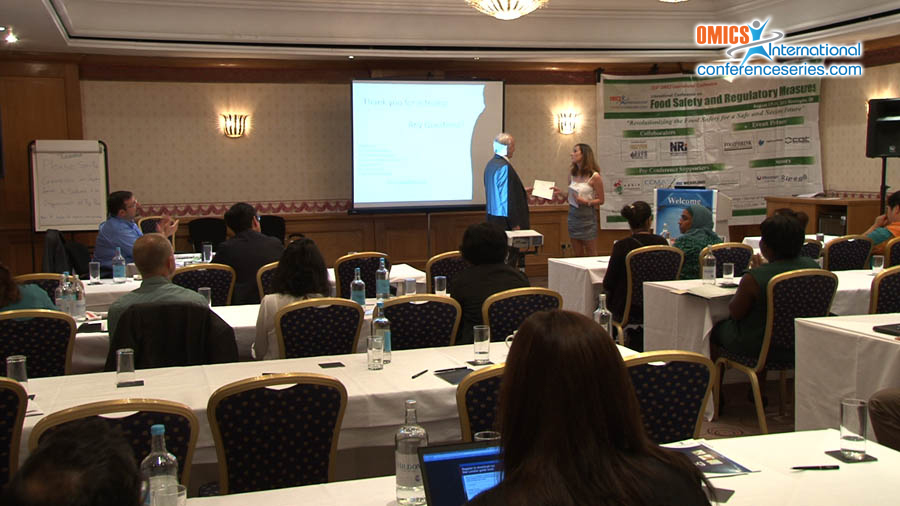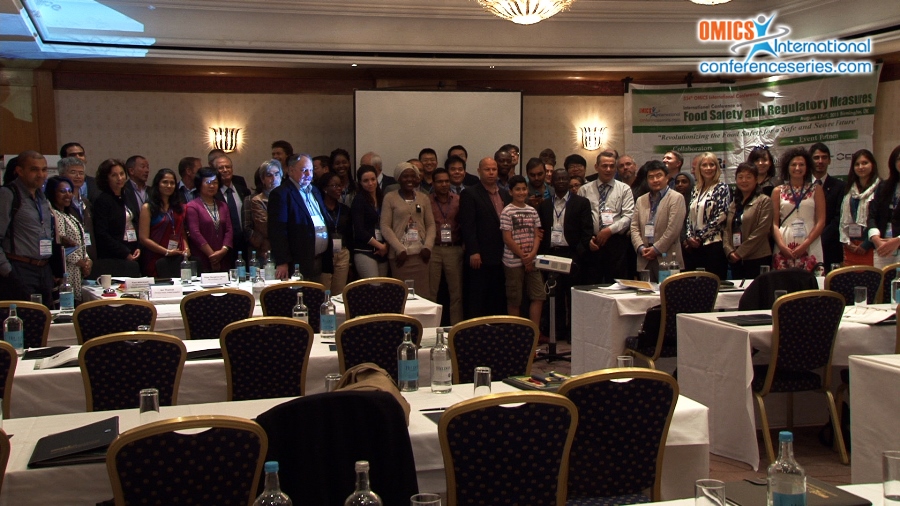
Catherine
Northumbria University
United Kingdom
Title: Investigating the impact of different lethality inducing conditions on cells of Bacillus Subtilis via flow cytometry
Biography
Biography: Catherine
Abstract
Decontamination of surfaces is a vitally important process in industrial settings. Bacillus subtilis spores are a good safe alternative to model pathogenic organisms such as B. cereus and Clostridium difficile. In this communication a range of novel and commonly used antimicrobials are applied to cells and spores of B. subtilis. By looking for alternative antimicrobial agents, this could have far reaching implications for use against antibiotic resistant strains of bacteria. Furthermore, employing natural antimicrobials will have a less detrimental effect on the environment. Common methods of cell killing
• Heating 85ËšC for 35 minutes is our standard method
• A 50% Ethanol (water) treatment is used to kill off vegetative cells (leaving spores unharmed)
Common antimicrobials:
• Peracetic acid (PAA)- a strong oxidizing agent thought to be capable of killing spores as well as cells
• Chlorine- oxidizing agent commonly used in bleach
Natural Antimicrobial:
• Green tea extract –believed to exert an antimicrobial effect due to tea polyphenols5, 6
Aim: to assess the efficacy of both common and novel antimicrobials as bactericidal and sporicidal agents Test these antimicrobials on cells of Bacillus subtilis, comparing the results of the FCM analysis with serial dilution plating
Results
• Antimicrobials PAA and Chlorine both have high bactericidal effects, with PAA being the most effective antimicrobial causing 100% cell death. Previous research indicates this has the potential to kill spores as well as cells1.
• Green tea extract also has an impact on viability, with around a 1log reduction in cell number.
• Green tea caused more cells to become damaged or membrane permeabilised as opposed to completely killed. Demonstrated by a strong double staining with PI and Syto 16.
Conclusions
• Findings such as these highlight the significance of FCM as a descriptive tool, as plating or fluorescent microscopy would not give us information as to the numbers of damaged cells. It is also highly significant when one considers the lack of FCM enumeration data available. FCM is a good method to enumerate sub-populations, based on a strong correlation with plate counts.
Speaker Presentations
Speaker PDFs
Speaker PPTs Click Here

